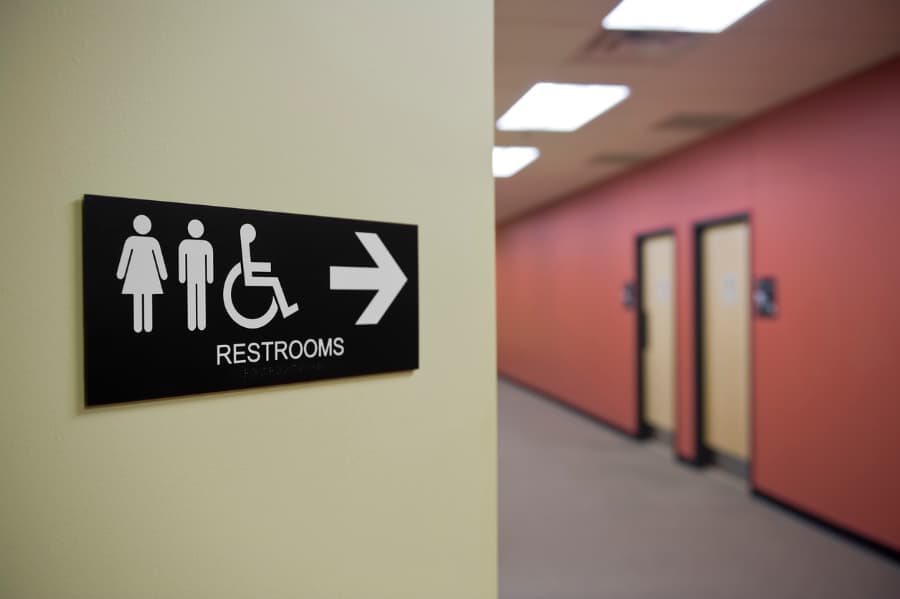Urinary incontinence is a condition that many men and women suffer from. The disorder causes uncontrollable leakage of urine. As common as it is, many patients find it embarrassing and difficult to discuss. The severity of urinary incontinence ranges, along with treatment options.
Richmond University Medical Center’s urology team in Staten Island, New York, focuses on urinary system-related conditions, including urinary incontinence. Here, we detail what urinary incontinence is, what causes it, and how our board-certified urologists treat it.
Understanding Urinary Incontinence
The urinary system removes waste from the blood in the urine. The system consists of the kidneys, ureters, bladder, and urethra, each having a significant role. When all parts function properly, the brain signals to the body that it is time to flush the system with plenty of time to spare. If a person has urinary incontinence, they typically experience bladder control issues, causing them to leak urine.
Patients who experience urinary incontinence are not alone as millions of Americans experience the same thing. It is believed that up to a quarter to a third of men and women in the U.S. suffer from urinary incontinence.
Who Is at Risk?
A common misconception of urinary incontinence is that it is a normal part of aging and therefore only affects elderly adults. While aging does increase the likelihood of urinary incontinence, it is not the only risk factor.
Poor overall health has been attributed to urinary incontinence, including obesity, diabetes, high blood pressure, stroke, and smoking. Certain medications can also lead to developing urinary incontinence or make the condition worse.
Urinary Incontinence in Women
Women who become pregnant and perform childbirth are at an increased risk of urinary incontinence. The risk increases with the number of children born. Additionally, women who develop the condition while pregnant are more likely to experience it postpartum.
Due to the decrease in estrogen, women are likelier to develop urinary incontinence after menopause. However, taking estrogen supplements has not been shown to offset the negative effects and reduce the risk of urinary incontinence.
Urinary Incontinence in Men
Urinary incontinence is most often found in men who have prostate problems. Oftentimes, an enlarged prostate, also called benign prostatic hyperplasia, obstructs the bladder and urethra, leading to urinary leakage. The abnormal prostate growth can also cause changes in bladder function, such as an overactive bladder, which can also lead to incontinence.
Types of Urinary Incontinence
There are several different types of urinary incontinence, each with its own set of triggers causing urine leakage. The various types and their causes include:
Urge Incontinence
Patients who experience an intense sensation to urinate right away often have urge incontinence. This condition can cause the individual to have a sudden urge to pee, making it difficult to find a restroom in time and leak urine. In most cases, urge incontinence is caused by an overactive bladder, stemming from a variety of conditions such as weak pelvis muscles, nerve damage, infection, and more.
Stress Incontinence
This type of incontinence is characterized by leaking urine while engaged in various activities. Weak pelvic floor muscles struggle to support pelvic organs, making an accident more likely through numerous body movements that place pressure on the bladder. In most cases, leakage occurs with excessive laughing, coughing, or sneezing or when jumping, running, or lifting objects.
Overflow Incontinence
Bladders that fail to drain completely following urination can cause overflow incontinence. Because the bladder does not fully empty, there is a likelier chance of leakage. Generally, patients with overflow incontinence experience small amounts of leakage over time rather than one large accident. Overflow incontinence is mostly seen in patients with chronic conditions, such as multiple sclerosis (MS), stroke, or diabetes. Men with an enlarged prostate also commonly experience overflow incontinence.
Mixed Incontinence
This type of incontinence is reserved for patients who experience a combination of urinary incontinence symptoms. The cause of mixed incontinence depends on the specific symptoms a patient experiences. Patients are often asked to pay attention to what they are doing at the time of leakage to understand their triggers and better manage the condition.
How to Stop Urinary Incontinence
Treatment for urinary incontinence usually depends on the type of incontinence and severity, the overall health of the patient, and treatment goals. The board-certified oncologists at Richmond University Medical Center take these factors into account when creating personalized treatment plans for patients in Staten Island with urinary incontinence. Treatments can include non-invasive and invasive approaches, including lifestyle changes, education, medications, and surgery.
Utilizing proven techniques and the most advanced technology, we accurately diagnose patients and offer treatment options to meet their care needs. Contact us today to learn how to stop urinary incontinence or schedule an apportionment to meet with our dedicated urology team.




